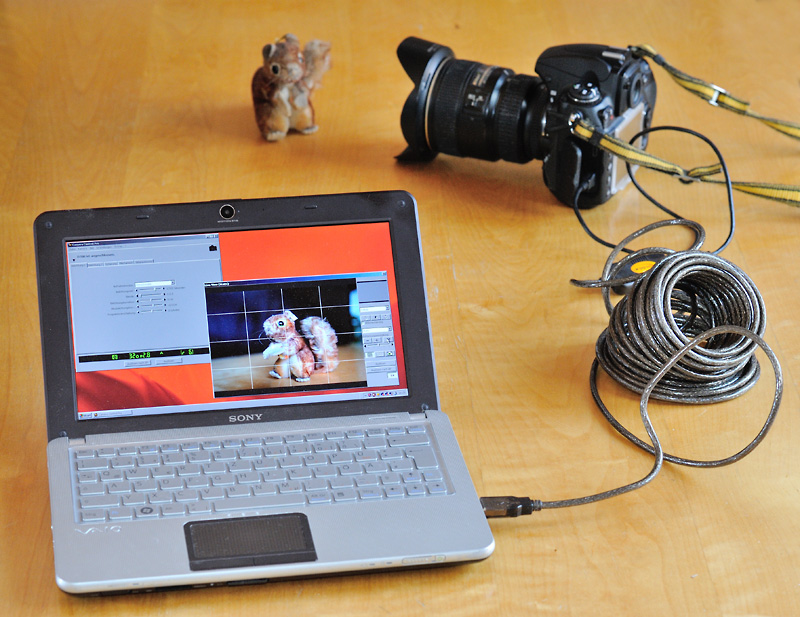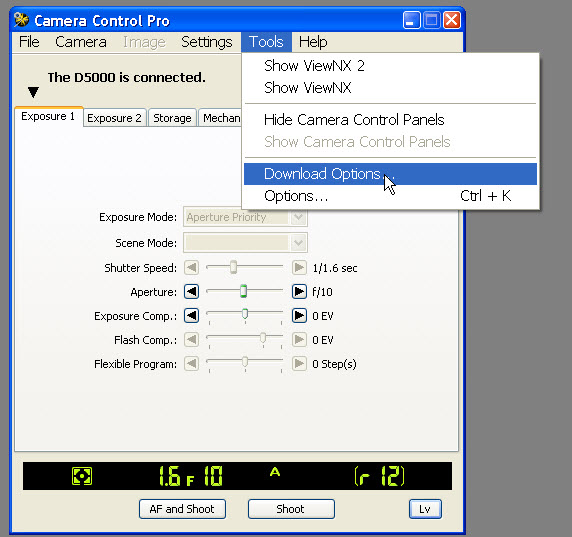
Silent shutter: There is a saying in journalism that the journalist should never be the story. You get twice the amount of memory and in some cameras you can even switch between memory cards and shoot photos on one and video on the other. 
Dual card slots: Dual card slots made many photographers happy when they were first introduced and it’s not hard to see why.Many camera manufacturers have apps you can use to shoot using your phone.
NIKON CAMERA CONTROL PRO 2 UPDATE BLUETOOTH
Wi-Fi and Bluetooth connectivity: This feature is useful for both professionals sending photos to their editors and beginners wanting to quickly post their images on social media. Durability: Weather-sealing is arguably an advantage in any situation, especially given how unpredictable weather in the UK is, but it is particularly important in wildlife and sports photography. Size and weight: Thinking back to where it all began, with street photographers and war correspondents, the general rule was to go for something that was easy to carry, as it is more likely to be with you when news happens. A growing portion of World Press Photo award-winning photographers are using mirrorless cameras, which due to their size, tend to have smaller sensors ( source). Image quality: While you’ll want a decent sensor, the amount of megapixels does not a great photojournalist make. 
We’ve put together this guide to help you find the best photojournalism and documentary photography cameras across the price spectrum, starting out with budget-friendly models for beginners, and moving up to the top-of-the-line professional options. In the age of 24-hour newsrooms and wide-spread sharing of photojournalism and documentary photography on social media, news is more fleeting than ever, and not capturing a vital moment is an unthinkable event to journalists. T he best cameras for photojournalism and documentary photography must be fast and reliable above all else.






 0 kommentar(er)
0 kommentar(er)
